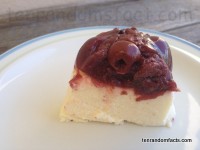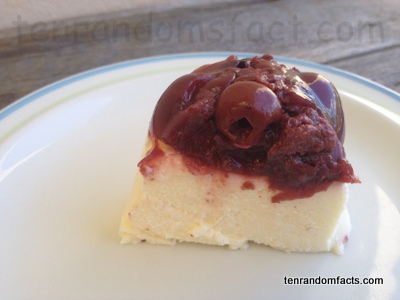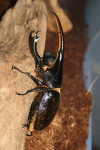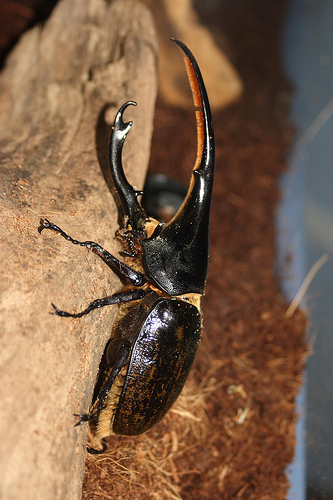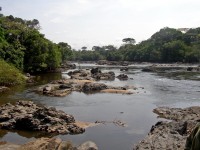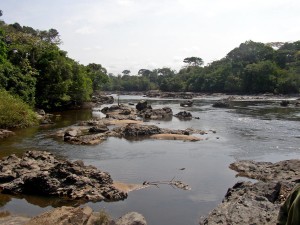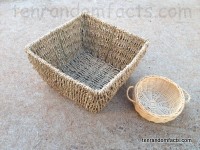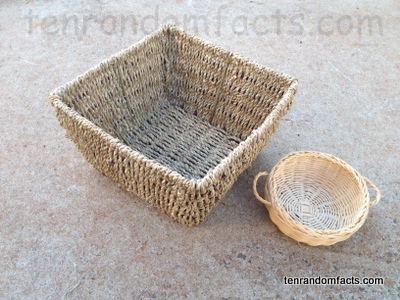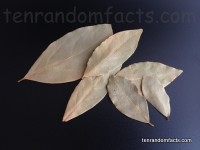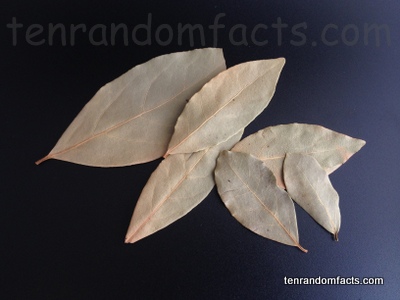
Did you remember to complete your ballot paper?
- Ballots are items used in elections to perform confidential voting in a public environment, and are a common way to choose a government and other leaders.
- A ‘ballot’ is also known as a ‘ballot paper’ and the term can also refer to the act of voting.
- Ballots are generally in the form of paper slips, or in electronic form, while small white and black balls were historically used.
- The ancient Greeks wrote names on broken ceramics, called ‘ostraca’, and the pieces were used like a ballot to privately banish someone from a town, hence the term ‘ostracised’; while in India, they used palm leaves to elect assemblies, from the tenth century AD.
- Ballots may involve choosing candidates by preference, or choosing a single party or person, and the process varies in different organisations, states and countries.
- Romans began using a secret ballot system in 139 BC, via a writing tablet or document; while it is said that the first time Americans cast a vote using paper was in 1629.
- Ballots can require the writing of specific names, marking boxes, entering data using a machine, or entering information via the internet.
- Ballot papers, especially in government elections, are often submitted into a box that is located at a polling location.
- The term ‘ballot’ originates from Italy’s Venice, in Europe, from the words ‘ballotta’ and ‘pallotte’, meaning ‘small ball used for voting’ when translated from Italian.
- Each submitted ballot paper in government elections is usually checked, to see if it is a ‘formal’ or valid vote, or ‘informal’ or invalid vote, because ‘informal’ votes, those with insufficient or incorrect markings, are disqualified from being counted.
Bibliography:
Fact Sheet – Ballot Papers, 2015, Elections ACT, http://www.elections.act.gov.au/education/act_electoral_commission_fact_sheets/fact_sheets_-_general_html/elections_act_factsheet_ballot_papers
Ballot, 2014, Wikipedia, http://en.wikipedia.org/wiki/Ballot






